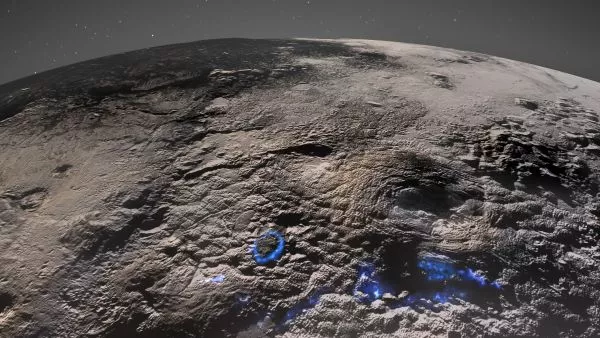
An area of Pluto that researchers think was formed from the eruption of ice volcanoes is unique on the dwarf planet and in the solar system, a new study suggests.
NASA’s New Horizons mission, which launched in 2006, took detailed photos of the surface of Pluto, a dwarf planet and the largest object in the Kuiper Belt. Now, a new analysis examines images of an area containing two main mounds that scientists have proposed are ice volcanoes. In the study, the researchers conclude that the surface around these mounds was likely formed by fairly recent activity of the ice volcanoes, or cryovolcanoes.
The finding raises the possibility that these volcanoes may still be active and that liquid water, or something like it, flows or recently flowed under the surface of Pluto. Recent activity also means that there is likely more heat in Pluto’s interior than scientists previously thought. Given other recent research, the scientists say their work could even raise the possibility of life existing under Pluto’s surface.
“Writer Fuel” is a series of cool real-world stories that might inspire your little writer heart. Check out our Writer Fuel page on the LimFic blog for more inspiration.

